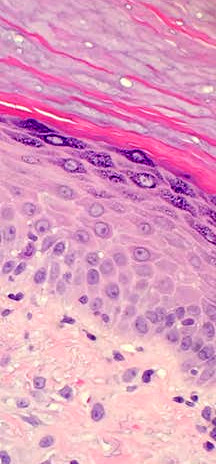New organ outlined
 Researchers have identified a new human organ – the interstitium.
Researchers have identified a new human organ – the interstitium.
The organ is a network of fluid-filled spaces in connective tissues all over the body, including the digestive tract, lungs, urinary system and surrounding muscles.
A new study detailing the findings has been published in the journal Scientific Reports.
Previously, these tissue layers were believed to be a dense wall of collagen — the structural protein found in connective tissue.
Rather than a wall, it turns out the tissue is more like an “open, fluid-filled highway”, according to study author Dr Neil Theise, a professor of pathology at New York University Langone School of Medicine.
The tissue contains interconnected, fluid-filled spaces supported by thick collagen bundles, Dr Theise said.
The fluid-filled spaces went undetected up until recently because they do not show up on the standard microscopic slides.
When tissue samples are prepared for these slides, they are treated with chemicals, cut into thin slices and dyed. This fixing process drains fluid from the interstitium and causes them to collapse.
The fluid-filled spaces were eventually found using imaging techniques that can monitor living tissues on a microscopic level.
The discovery could explain why cancer tumours that invade this layer of tissue can spread to the lymph nodes.
Scientists have hypothesised that this occurs because the fluid-filled spaces are a source of lymph and drain into the lymphatic system.
The naming of the network of fluid-filled spaces as an organ is an unofficial distinction for now, as more research and a more solid consensus will be needed for a true designation.








 Print
Print